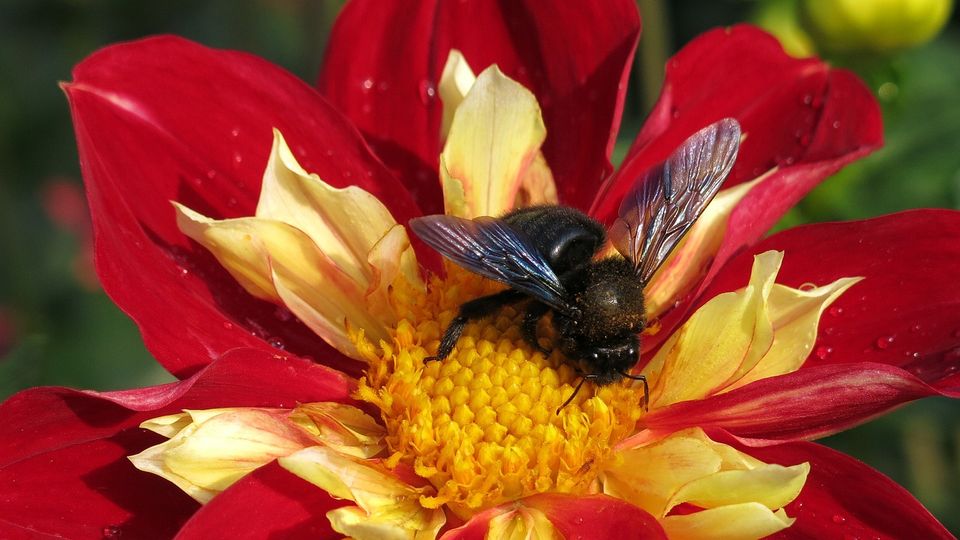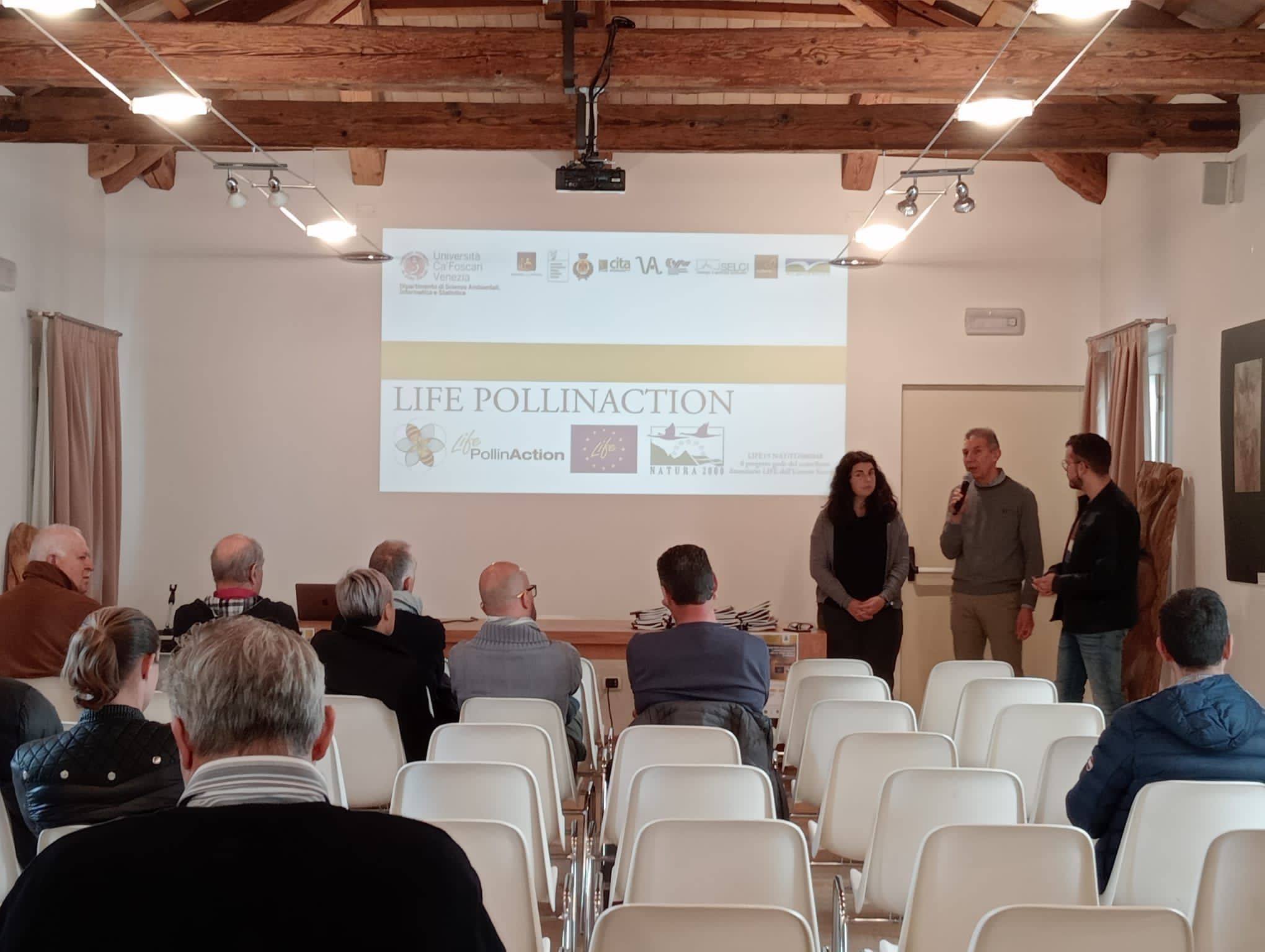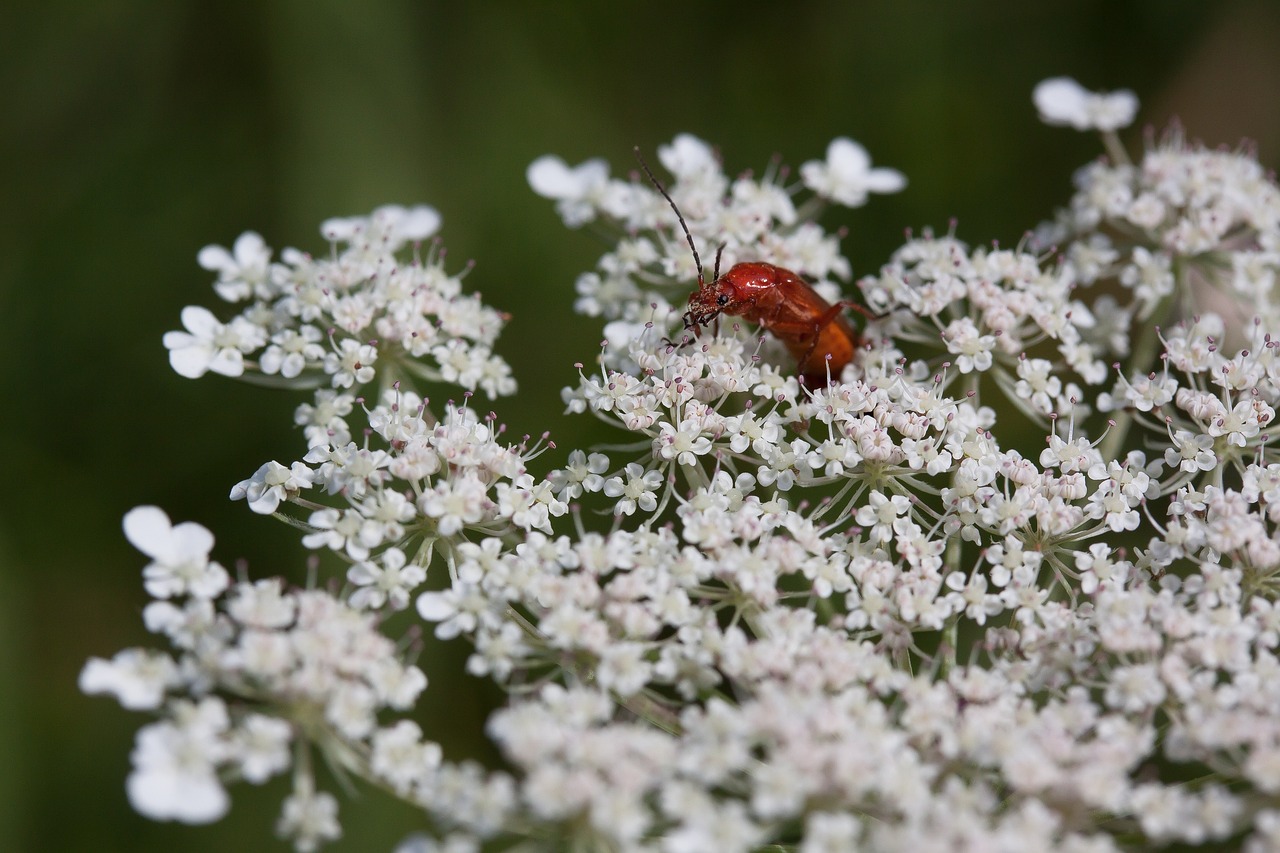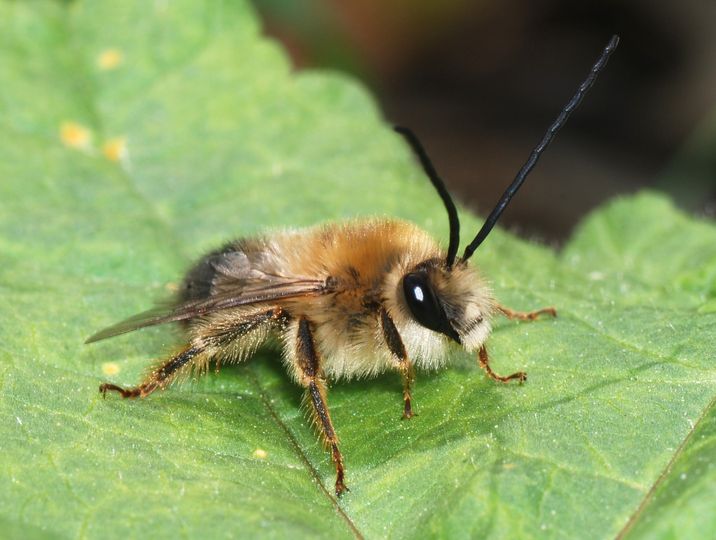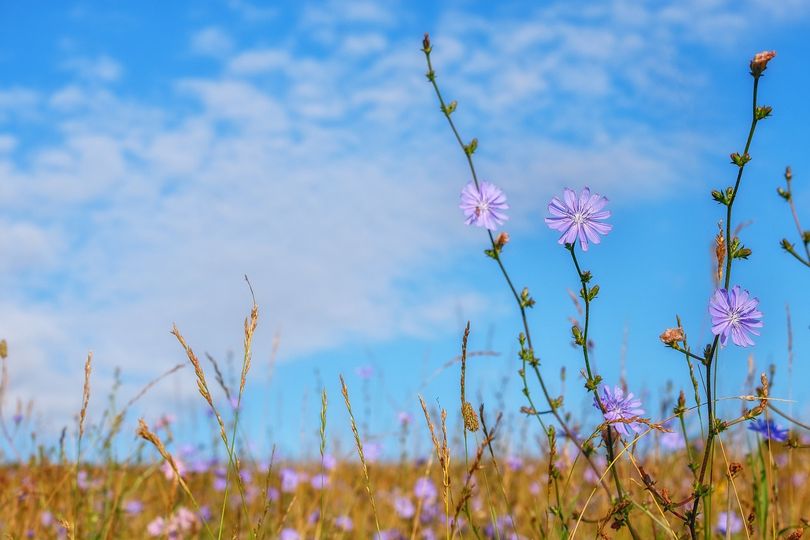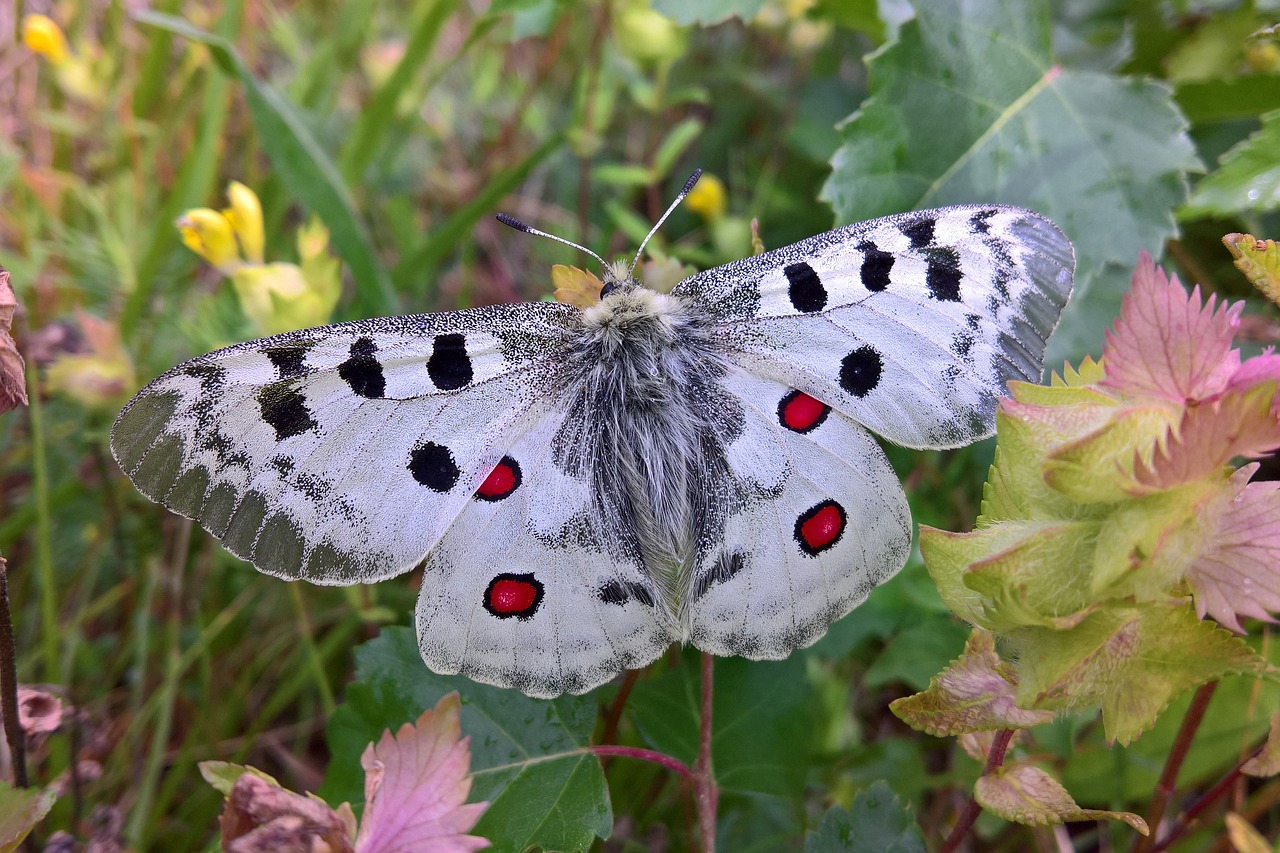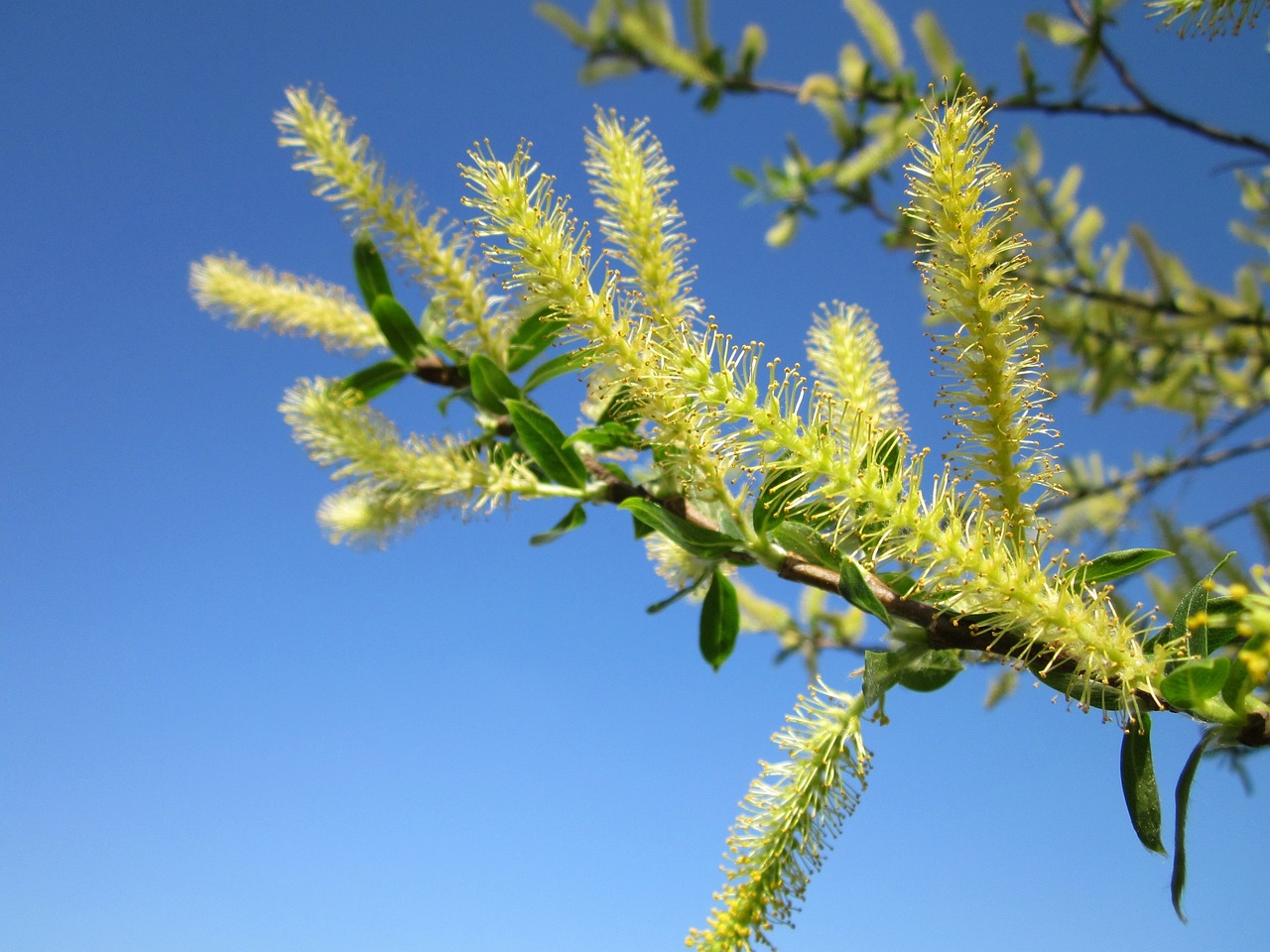Violet carpenter bee 🐝🌼
lifepollinaction2023-03-31T10:42:01+02:00Violet carpenter bee The Violet carpenter bee (Xylocopa violacea) is a large solitary bee of the Apidae family. It is up to 3-4 centimeters long and its body is entirely black and hairy, with electric blue highlights on the wings. Its flight is fast and noisy . Carpenter bees do not form colonies but prefer to live alone. Females dig tunnels in soft or rotten wood to build their nests, even in the roof beams of houses. For this characteristic they are called "carpenter". They are found in gardens, meadows and flowering bushes, even on the edge of woods. Both [...]


